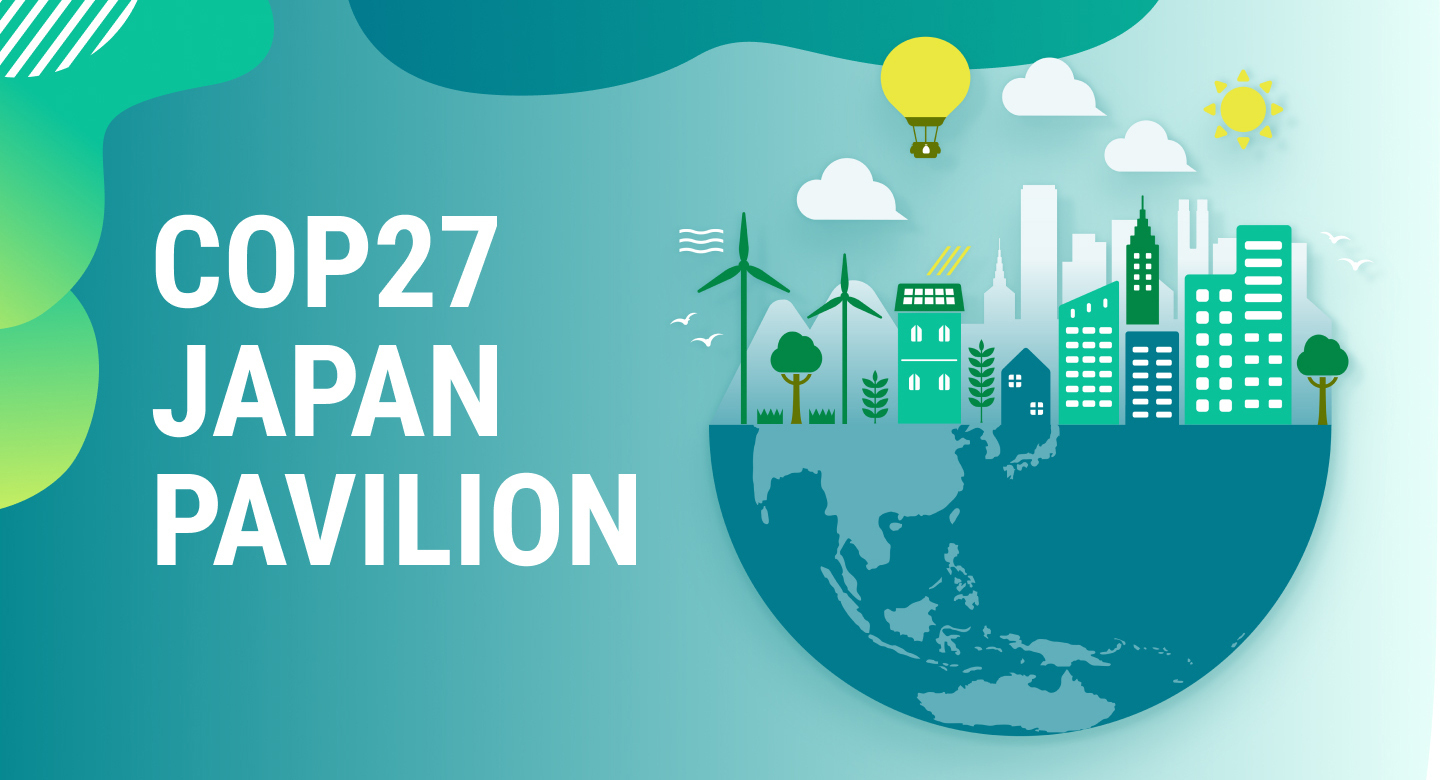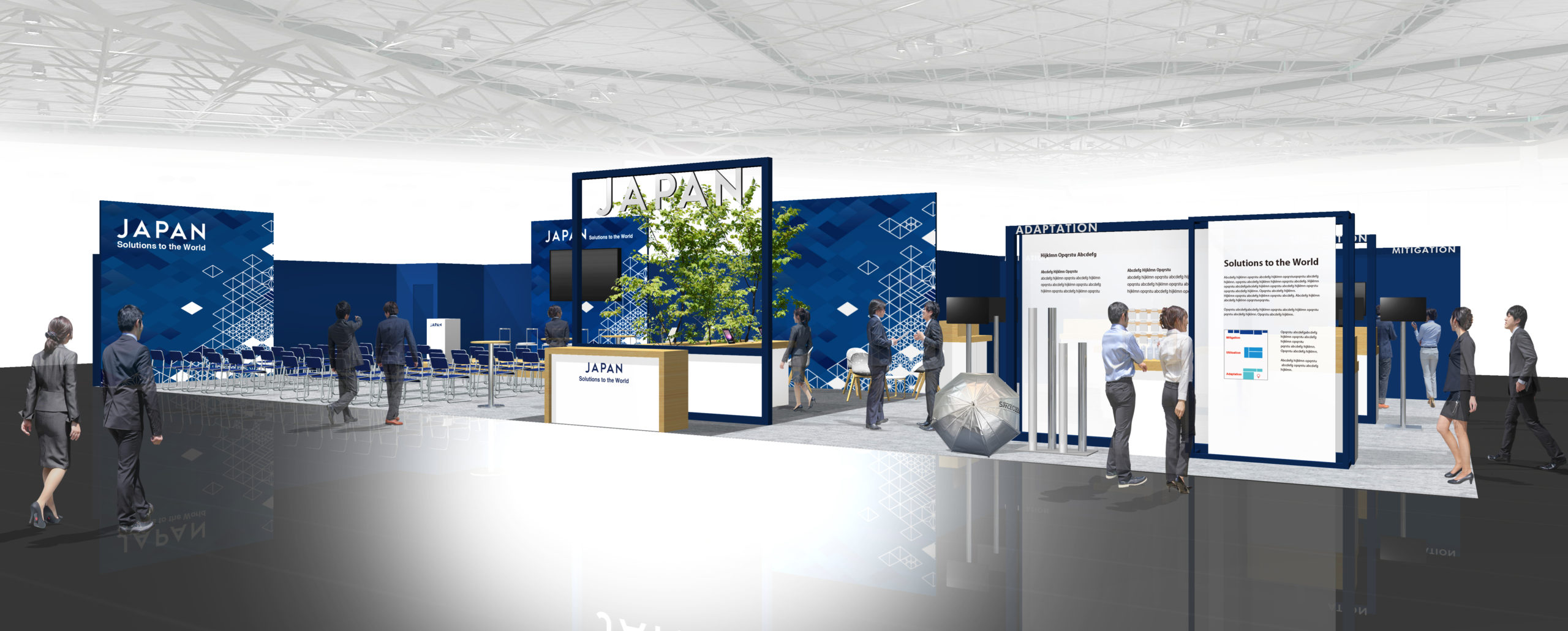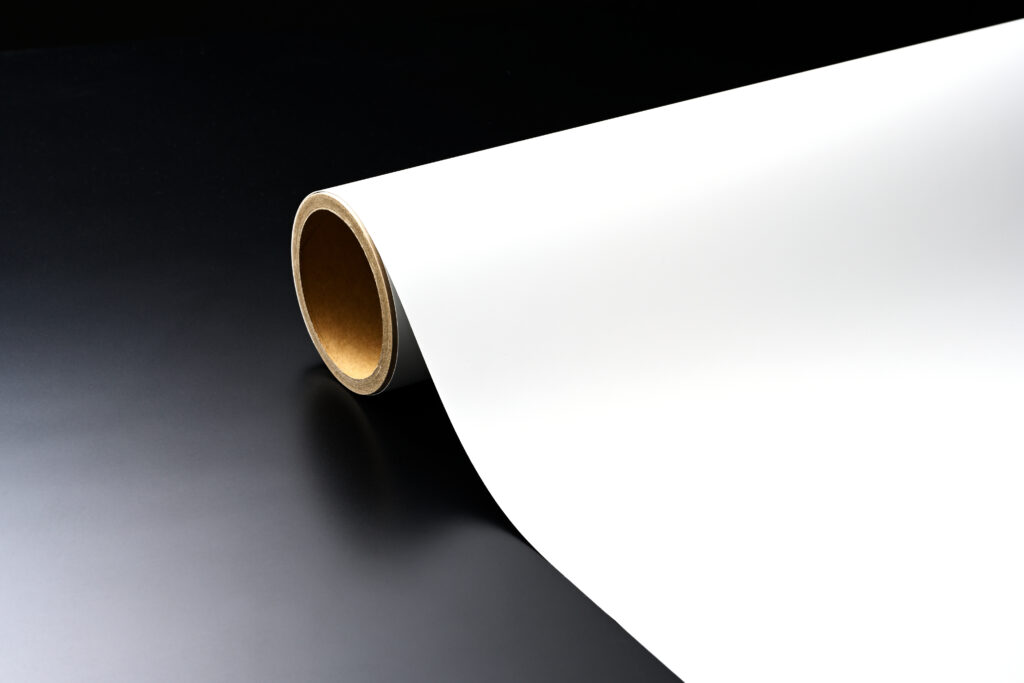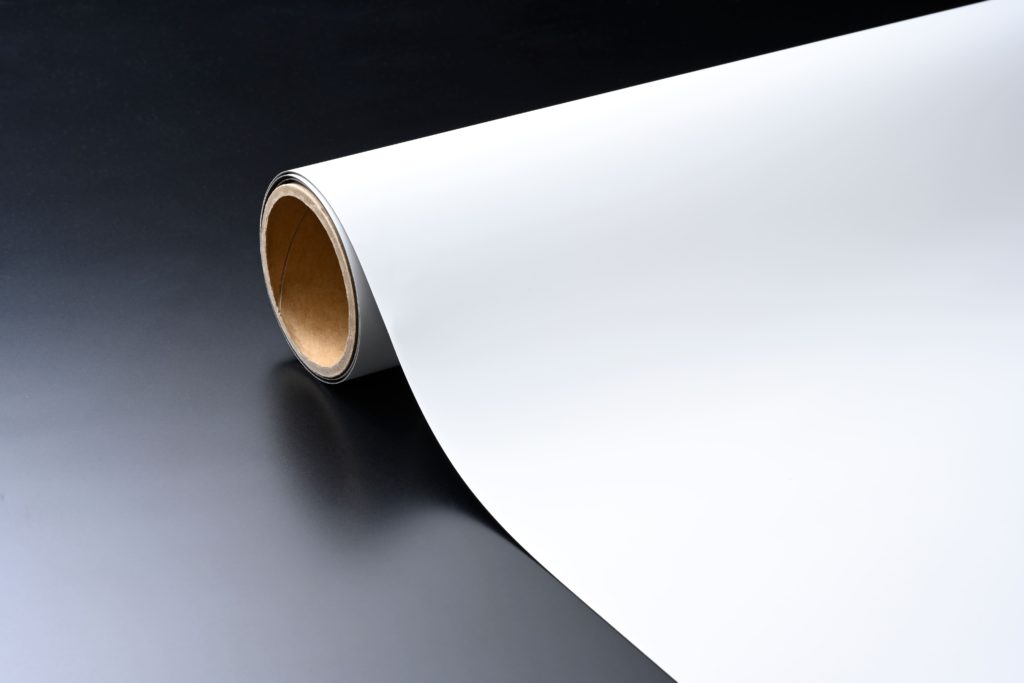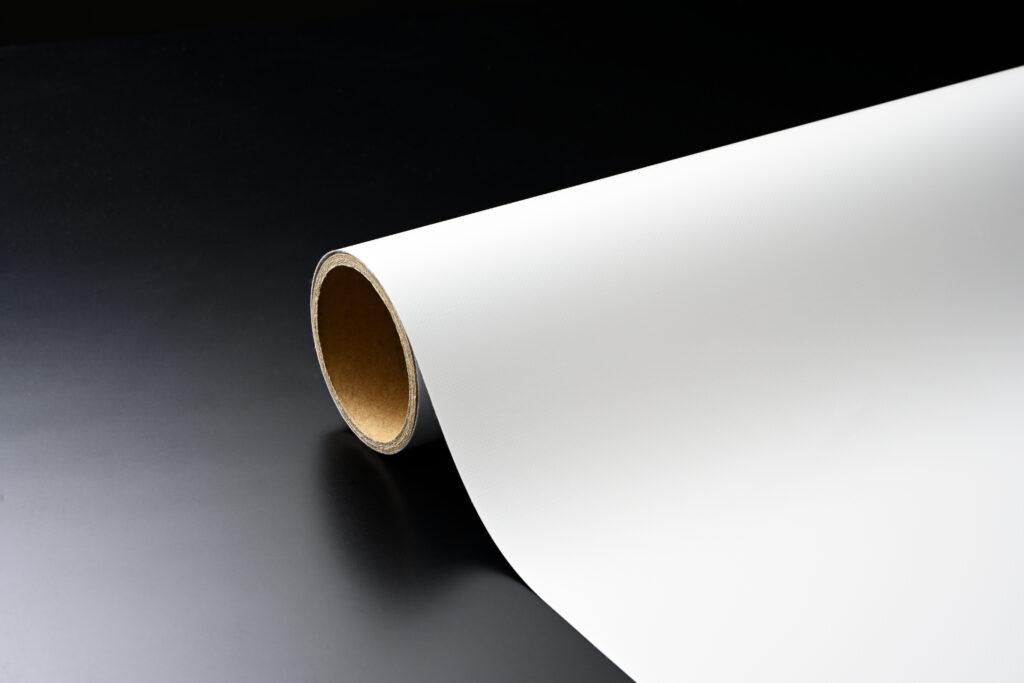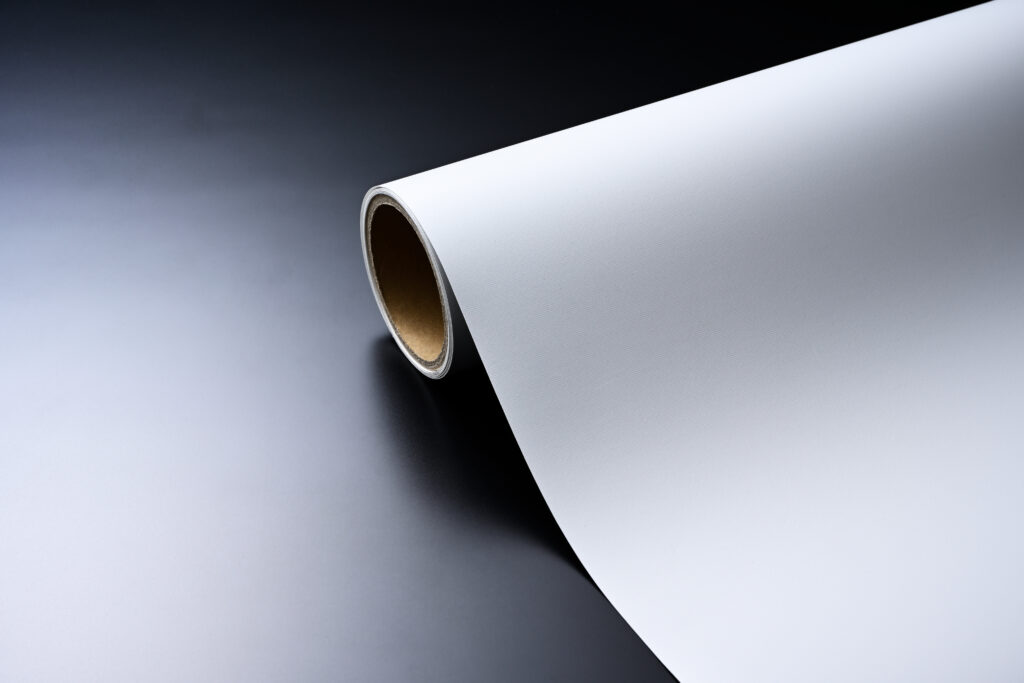SPACECOOL INC. exhibits at the COP27 Japan Pavilion in Egypt.
SPACECOOL INC. is holding a physical and virtual exhibit at the Ministry of the Environment’s Japan Pavilion at the 27th Conference of the Parties to the United Nations Framework Convention on Climate Change held from November 7, 2022 (Mon) to November 18, 2022 (Fri), in Sharm El Sheikh, Egypt.
The Japan Pavilion was designed to send a powerful message to the world that Japan will work together with the public and private sectors to contribute to global decarbonization and climate change adaptation.
Our SPACECOOL® radiative cooling material (hereinafter “this Material”) was selected to be exhibited in the pavilion as an environmental technology that could effectively communicate this message and make Japan proud.
This Material contributes to mitigation and adaptation measures against climate change by providing zero-energy cooling via realizing the world’s highest level of radiative cooling. It mitigates climate change by saving energy in buildings and reducing cooling energy for power conditioners and storage batteries used in photovoltaic power generation. It also contributes to adapting to climate change by preventing heat strokes and high-temperature disorders of agricultural and livestock products.
By exhibiting at COP27, we hope to accelerate the spread of this Material and contribute to efforts to decarbonize the world and combat climate change.
About the Radiative Cooling Material SPACECOOL
This Material block heats from the sunlight and the atmosphere under direct sunlight, suppresses heat absorption, and even releases the heat into space using radiative cooling technology, resulting in a lower temperature than outdoors without using energy*1 (Figure 1).
The carbon dioxide and water vapor in the atmosphere absorb the heat generated by the sunlight on the earth, retaining it in the atmosphere and leading to global warming.
This Material can radiate infrared wavelengths not easily absorbed by carbon dioxide or water vapor, preventing the heat from lingering in the atmosphere and allowing it to flow into space.
The summer 2020 demonstration experiment of this Material by its developer Osaka Gas confirmed that its surface temperature was up to approximately 6°C*3 lower than the outside temperature when exposed to direct sunlight, achieving the world’s highest level*2 of radiative cooling performance (Figure 2).
Two types of products using this Material have already been developed: film and membrane (Figures 3-1 and 3-2).
*1: Achieved through material design that uses proprietary optical control technology to suppress heat input from sunlight and increase heat output from thermal radiation (a phenomenon in which heat from a heated object is carried as electromagnetic waves and light).
*2: Based on Osaka Gas and SPACECOOL research formed upon published papers.
*3: Measurements were taken at the Osaka Gas Energy Technology Laboratory in Konohana-ku, Osaka (the ambient temperature at the time of measurement was approximately 35°C). Measured the temperature of the back surface of a steel plate with the radiative cooling material applied.


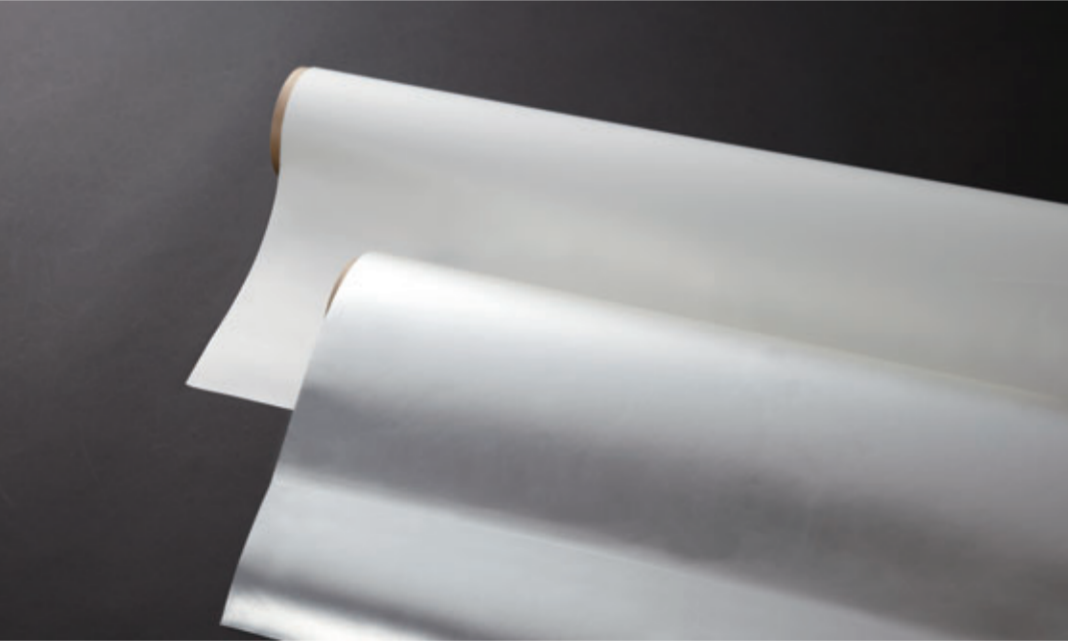
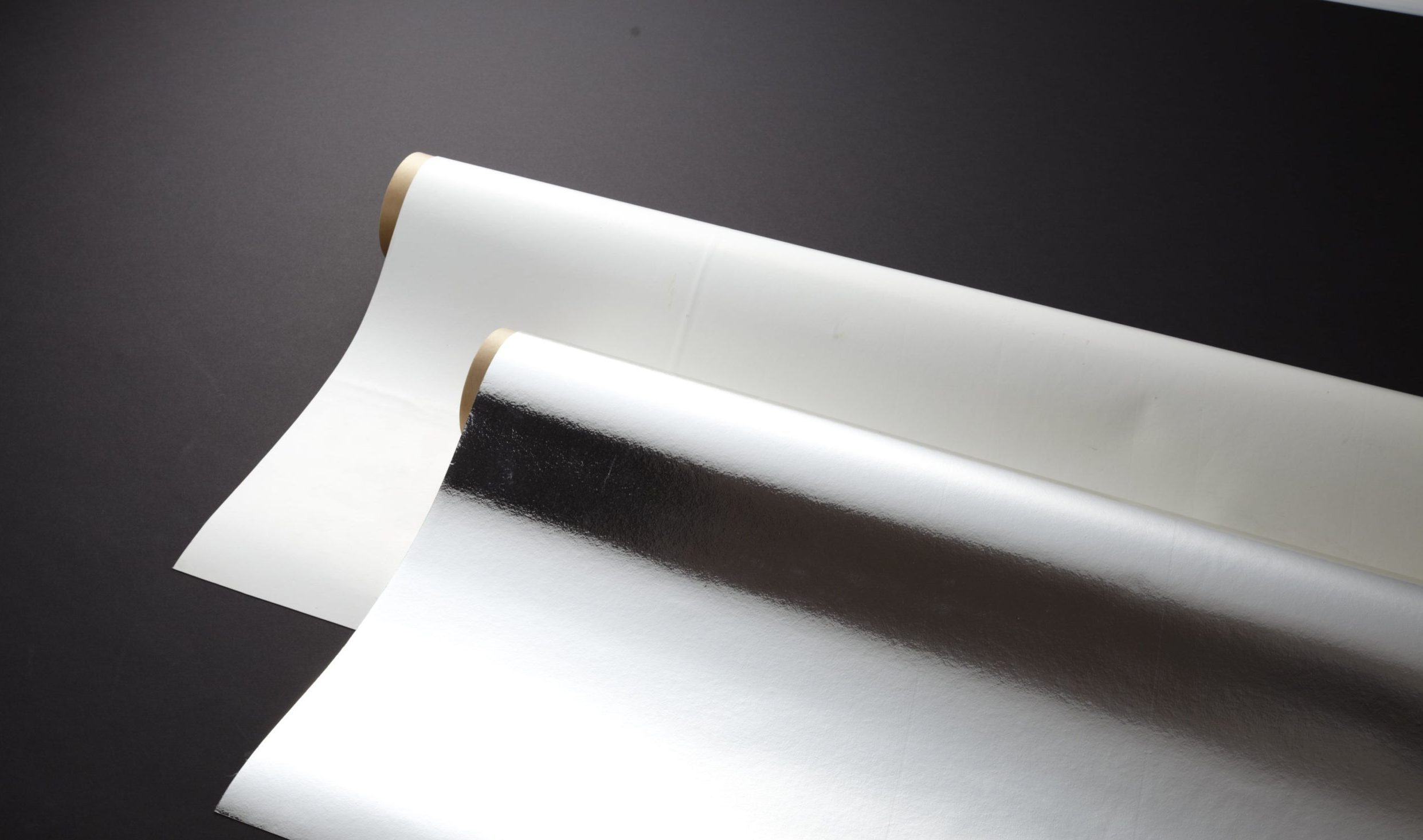
Event Overview
Event Period: November 7, 2022 (Mon) to November 18, 2022 (Fri)
Event Venue: ① Japan Pavilion at COP27 in Sharm El Sheikh, Egypt
② COP27 Virtual Japan Pavilion (Online)
Click here for more details
